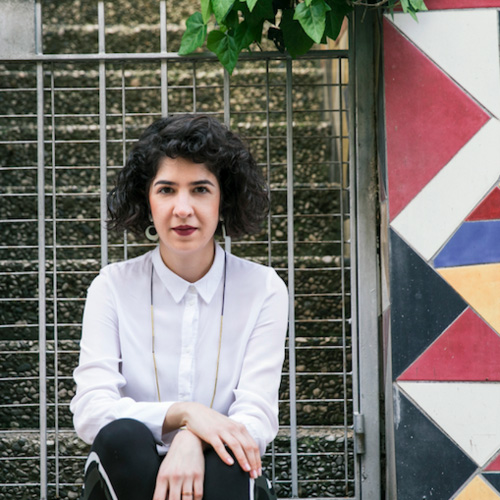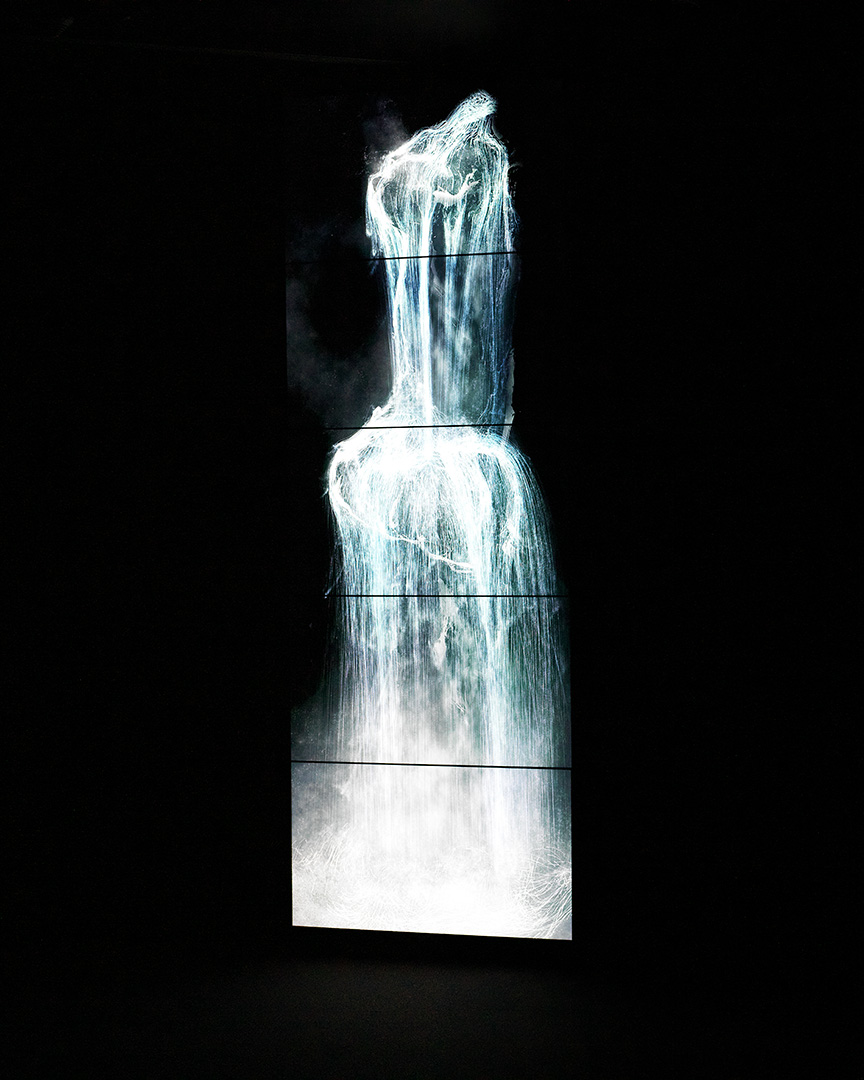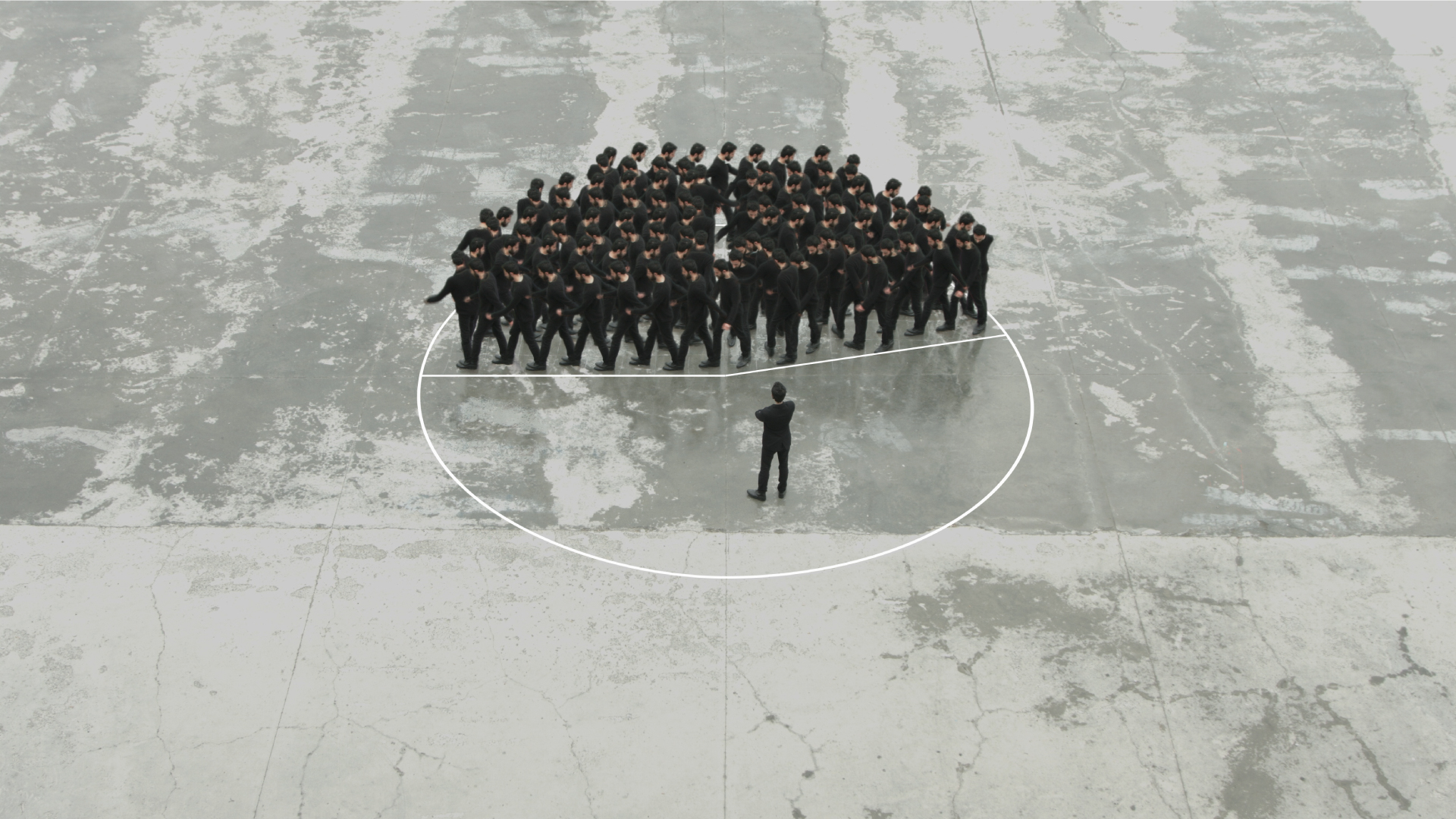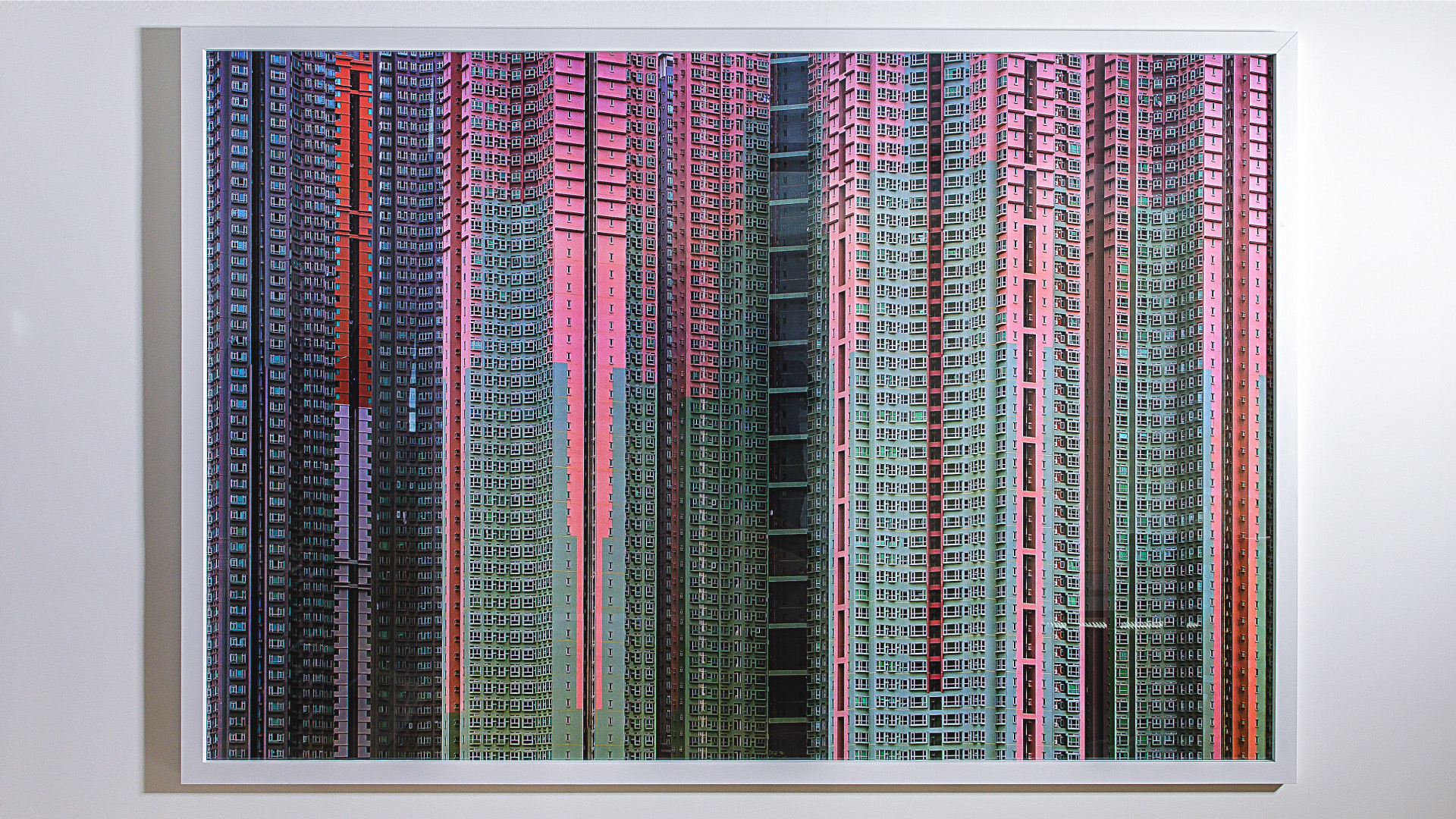Blog
Conversations: Charles Merewether
13 June 2019 Thu
Guest curator of “Between Art and Physical Space” by teamLab presented at Borusan Contemporary in 2016.

NAZ CUGUOĞLU
nazcuguoglu@gmail.com
Inviting a curator to an institution’s collection could mean various things: A dialogue or a monologue—emptying all the existing narratives to define them with new meanings or reshuffling them around. These collaborations require horizontal allies and generosity from both sides—an attempt to find the undercommons in a world of broken relationships.
Borusan Contemporary has invited seven curators in the last six years to its ever-growing collection of new media art to unlock these probabilities. This series of conversations is a curious response to this cultivating network of associations and relationships, marked with site-specificity and temporality, in a city that is always in flux.
– Naz Cuguoğlu
Naz Cuguoğlu: You curated the exhibition “teamLab: Between Art and Physical Space,” with works by the Japanese contemporary art collective teamLab, whose work creates a world where audiences immerse themselves in the physical space of the museum and lose themselves in a 3D virtual space. In an interview, teamLab founder Toshiyuki Inoko talks about the potential of the Japanese to mix the fictional and real worlds, almost to the extent that one cannot differentiate between reality and the non-real world. Inoko calls this “the new reality.” How do you think we could make use of this as a way of thinking in curatorial practice? Are you inspired by this idea in your own curatorial practice?
Charles Merewether: Yes, in fact learning about and then writing and curating an exhibition of teamLab led me into seeking to understand the intersecting world of art and developing technologies of virtual reality. This field has tremendous potential in game theory and I suspect we are only seeing the tip of the iceberg. The technologies surrounding virtual reality are being pursued primarily in advanced military and medical fields.
I had been educated in Russian and German modernism, so it was a far cry from this world. Ikkan Sanda introduced me to the work of team Lab in his exhibitions in Singapore and then I met the artists. After that, I was more open to viewing and engaging with such work. Working in Hong Kong, Agnes Linn, director of the Osage At Foundation, also introduced me to Hong Kong and Asian artists working in the field of virtual and augmented reality.

teamLab, Flowers and People, Cannot be Controlled
but Live Together – A Whole Year per Hour, 2015
NC: Did you have a chance to spend any time with Borusan Contemporary Collection? Do you have any insights about the collection that you’d like to share? Do you think the collection allows for this “new reality”? If so, in what way?
CM: It is hard to answer specifically, except the museum itself was a stunning work of architecture that was also a beautiful space for showing contemporary art. This is not always the case. In some cases, the architecture overwhelms the art, overshadowing whatever is installed. This is not the case with Borusan with its sweeping curving lines, large and smaller or more intimate exhibition spaces providing different types of spaces for its curators to choose from. This allows curators to be able to choose the appropriate spaces to best highlight the individual quality of the artwork in their collection or temporary exhibitions such as that of teamLab.
NC: At university, you studied comparative literature, and I read about your passion for literature. How does it inform your work? Are you interested in story-telling, constructing fragmented and alternative histories through your practice?
CM: Literature has always inspired me and early modernism, especially Russian and German. The dynamic interaction between literature and art is exceptional. While recognizing the tremendous value in story-telling, it is more poetry that finds a closer correspondence to art, both seeking a distilled essence. I discovered this in my studies of both early modern Russian and Irish poetry. We see this for example in the drafts of poems by W.B.Yeats, published after his death. We discover what appears to be an almost painful but necessary process of rewriting: words and phrases appear only to be subsequently crossed out, rewritten, time and again. Sometimes barely anything of an original draft survives. This is an arduous slow process of distilling and refinement. Yeats seeks to give each word the right weight and nuance of meaning. It is as if in the cadence of reading, the lilt of each word and their sequence, creates a flow and inexorable rhythm that carries its reader through to its ending.
This made me more curious about the making of art, the individual choices and decisions made in the process of its elaboration. I have always been interested in this aspect of art, leading me to explore more closely the materiality, method and processes made by an artist. For example, I have written extensively on the issue of the trace in art, which embodies the idea of process, of the elaboration and the articulation of an idea or image.

teamLab, Black Waves, 2016
NC: In one of your interviews in 2006, you say that you are interested in “the outmoded terminology of world history and world culture, that is, the dynamics of relations between cultures.” Does this theme still strike interest for your curatorial inquiries? Can you tell us more about what you mean by its ‘outdated’ness, and how you operationalize this characteristic in your own work to highlight its relevance today?
CM: I think the concepts of a ‘world history’ and ‘world culture’ are terms that had a significant but transitional value. They were used at a time when it was becoming clear the terms national and local were no longer sufficient as a way to appreciate the value and significance of contemporary art and culture. This was in part driven by recognizing the dynamics of a changing economy that was increasingly global and, by an ongoing social diaspora. This diaspora was not only as a result of the refugee crisis we see today but, there was a certain correspondence. Artists were seeking to live in countries where there were audiences for their work (and therefore some monetary means of support), places to exhibit, or were able to express their point of view free of suppression or censorship.
Some 80 years ago and more, the historian Fernando Ortiz used the terms transnational that has gone various permeationsand later such terms as syncretism and hybridity, appeared as way to better understand the character of contemporary communities and the mix of cultures. These terms have continued to be discussed and refined. Lines of comparison between artists working in different parts of the world are now often made in exhibitions. The aim of such exhibitions is draw lines of correspondence and affinities between these artists.
Documenta and biennials have also reflected this whereby the national is no longer a defining term of selection. This also indirectly draws attention to the way in which the national has been used to control and often repress sectors of its communities.
We live in the time of the contemporary and the conception of exhibitions and critical thinking should reflect this.

teamLab, Flutter of Butterflies Beyond Borders , 2015
NC: What are you working on these days? What are some of your main research questions?
CM: I am slowly writing two books, one on the modern history of looting, beginning with the end of empire and late European imperialism in the 19th century. This includes the question of looted objects and works of art in the collections of prominent Western museums. The second book is a collection of essays written about contemporary art in Eastern Europe since the fall of the Soviet Union in 1991. I cover a number of countries, including Georgia, the Ukraine, Romania and Bulgaria, exploring their distinct developments through a number of artists who are no longer confined by a hegemonic Russia or, by a lack of access to other sources of reference and comparison or, by opportunities to exhibit outside of Eastern Europe. Apart from these two projects, I continue to write the occasional essay for an artist’s catalogue or book and at present two articles, one on erasure and another on the concept of meta-monuments.
ABOUT THE WRITER
Naz Cuguoğlu is a curator and art writer, based in San Francisco and Istanbul. She is the co-founder of Collective Çukurcuma. She held various positions at KADIST, The Wattis Institute, de Young Museum, SFMOMA Public Knowledge, Joan Mitchell Foundation, Zilberman Gallery, Maumau Art Residency, and Mixer. Her writings have been featured in SFMOMA Open Space, Art Asia Pacific, Hyperallergic, Nka: Journal of Contemporary African Art, M-est.org, and elsewhere. She received her BA in Psychology and MA in Social Psychology, both from Koç University, and another MA from California College of the Arts’ Curatorial Practice program. She has curated exhibitions internationally, at institutions such as the Wattis Institute (San Francisco), 15th Istanbul Biennial Public Program, Framer Framed (Amsterdam), Kunstraum Leipzig, Red Bull Art Around Istanbul, 5533 among many others. She co-edited three books: After Alexandria, the Flood (2015); Between Places (2016); and The Word for World is Forest (2020).




